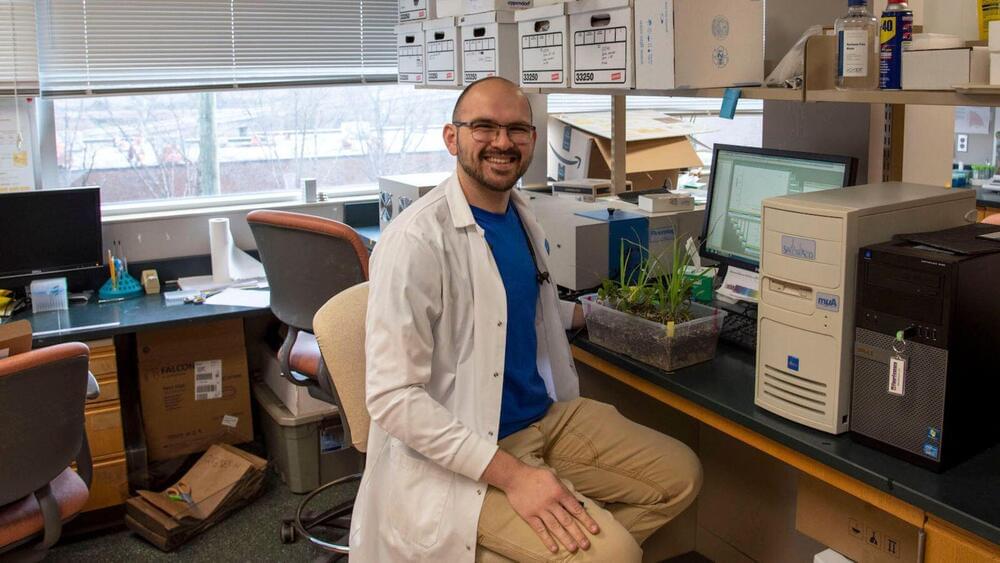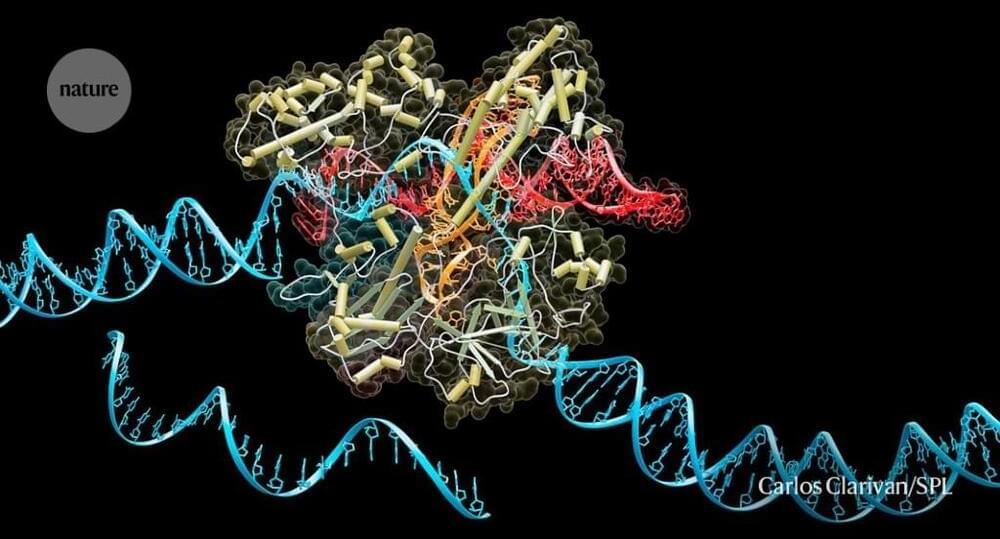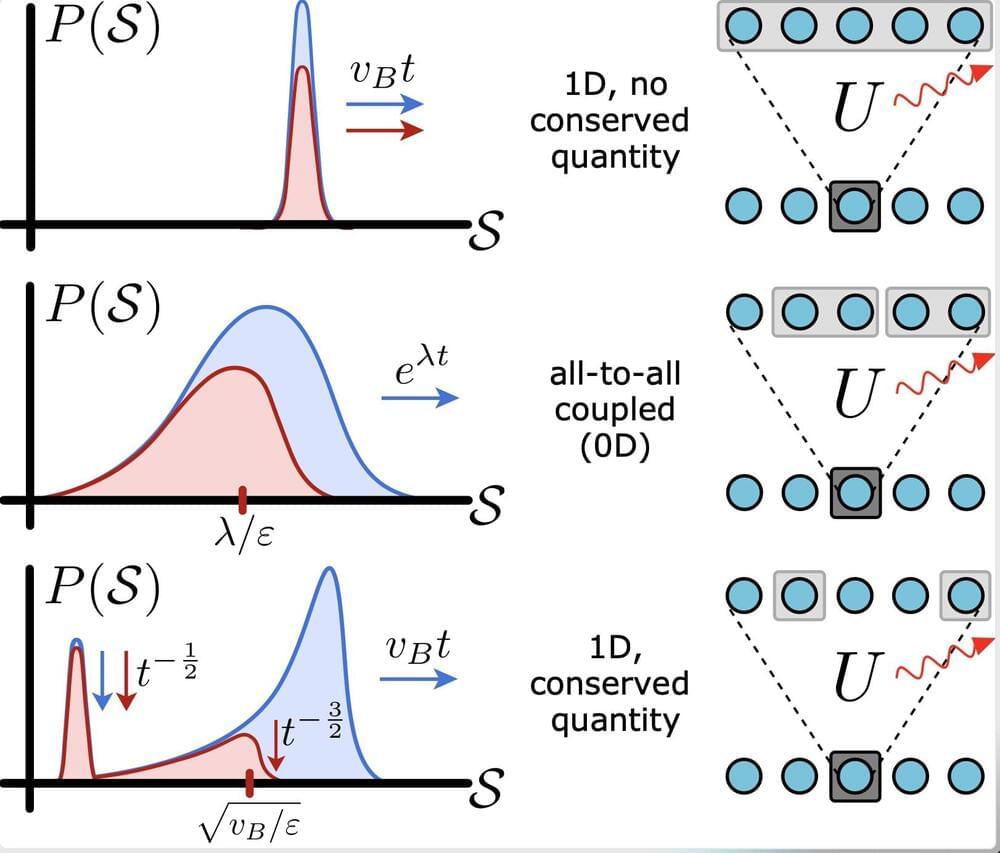Exclusive: OpenAI researchers warned board of AI breakthrough ahead of CEO ouster, sources say https://www.reuters.com/technology/sam-altmans-ouster-openai…11-22/ OpenAI Made an AI Breakthrough Before Altman Firing, Stoking Excitement and Concern https://www.theinformation.com/articles/openai-made-an-ai-br…nd-concern The Bitter Lesson http://www.incompleteideas.net/IncIdeas/BitterLesson.html Get on my daily AI newsletter 🔥 https://natural20.beehiiv.com/subscribe [News, Research and Tutorials on AI] See more at: https://natural20.com/ My AI Playlist: https://www.youtube.com/playlist?list=PLb1th0f6y4XROkUAwkYhcHb7OY9yoGGZH








